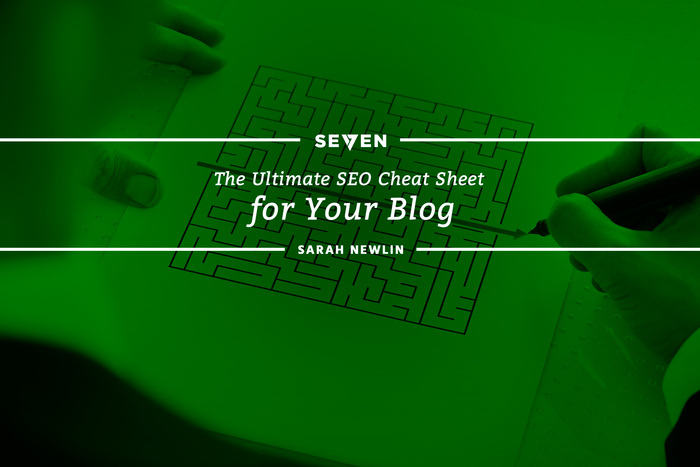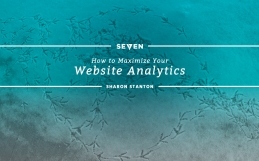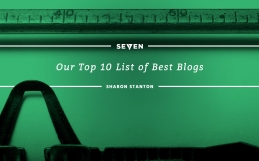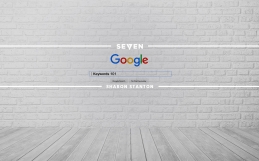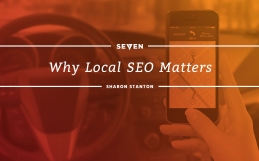Not understanding the details of Google’s ranking algorithm can hurt your onsite SEO a lot, leaving you with lowered search rankings. Some days it feels like the algorithm changes between breakfast and lunch! Luckily, there are a few SEO best practices that always tend to hold true. I’ve created a cheat sheet with seven simple steps to make sure each and every blog you publish will benefit your SEO efforts.
Step One: Keyword planning
Figure out what words your customers associate with your business, and then decide what words you want them to associate with your business. After you make this preliminary list, refine it with Google’s Keyword Planner. It will help rank which keywords are worth using based on factors such as competitors and search popularity.
Step Two: Keyword placement
Now that you have your keywords, make sure in every blog post you choose one on which to focus. Be conscious of including it not just in the body copy, but also the meta-description, page title, and page URL.
Step Three: Images
First reason to include at least one image in your blog post: Your readers will appreciate it. Second reason: They benefit your blog SEO-wise. With every image, include a title, a caption, and an alt-tag.
Step Four: H1 and H2 Tags
These are heading tags. They’re important because they tell Google bots what your page is actually about. (Think H1 for the overall topic of your post, and H2 as subheadings. Remember to include your keywords here!) WordPress has made this step incredibly easy by including a drop down box that allows you to highlight the words you want as the H1 and H2 tags.
Step Five: Ease of Reading
Google bots score your page on a number of factors to try to determine how easy or difficult your post is to read. These include:
- Word count: Between 250-500; Anything longer than 500 can usually be split into two posts
- Sentence length: 12 words or less is preferable, but definitely make sure it’s no longer than 20.
- Number of syllables: Google thinks it’s best for most of the words to be less than two syllables (But this one should also depend on your audience and personal writing style).
Step Six: External Linking
External linking is an important part of SEO. This means you link to other sites in your posts, and they link to you in theirs. It shows that your blog is credible and relevant. Getting other websites to link to you can be difficult at first, but including many quality outbound links is a good start. (I didn’t forget about internal linking! Use internal links when you want to reference your own content in a post.)
Step Seven: Use a Plug-In
I know remembering all of these things can still seem overwhelming, even when you have a cheat-sheet. Don’t fear however, because as usual WordPress has a great tool to save the day! WordPress SEO by Yoast is a plug-in you can install to your blog that will grade your SEO and let you know where to improve before hitting “publish”.
